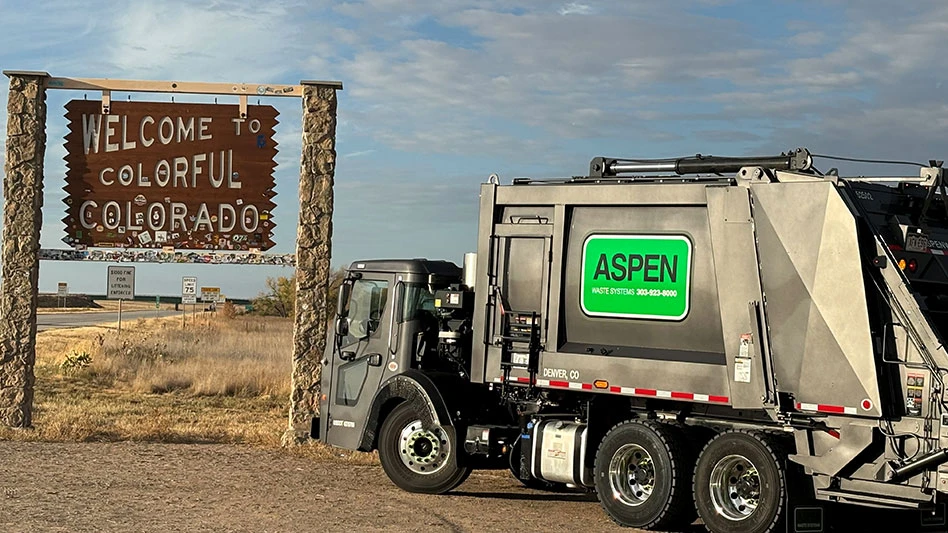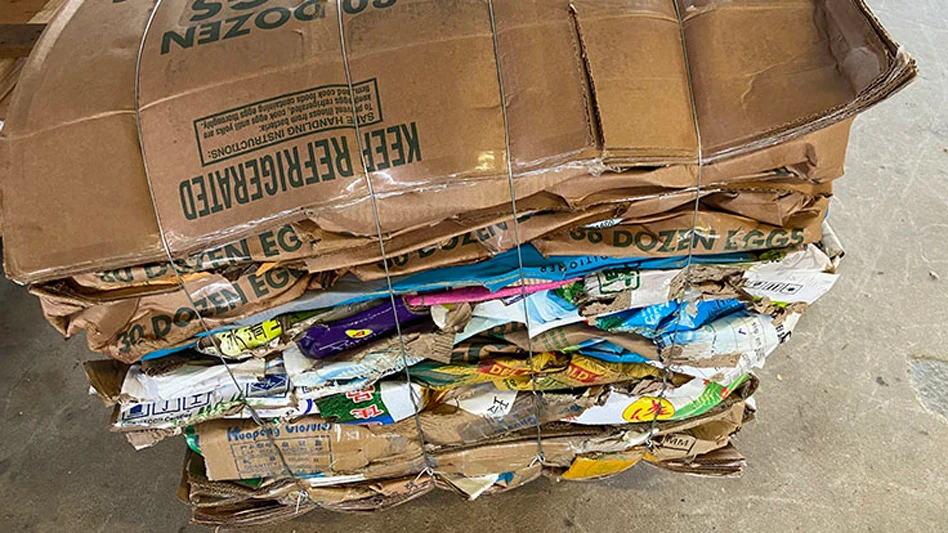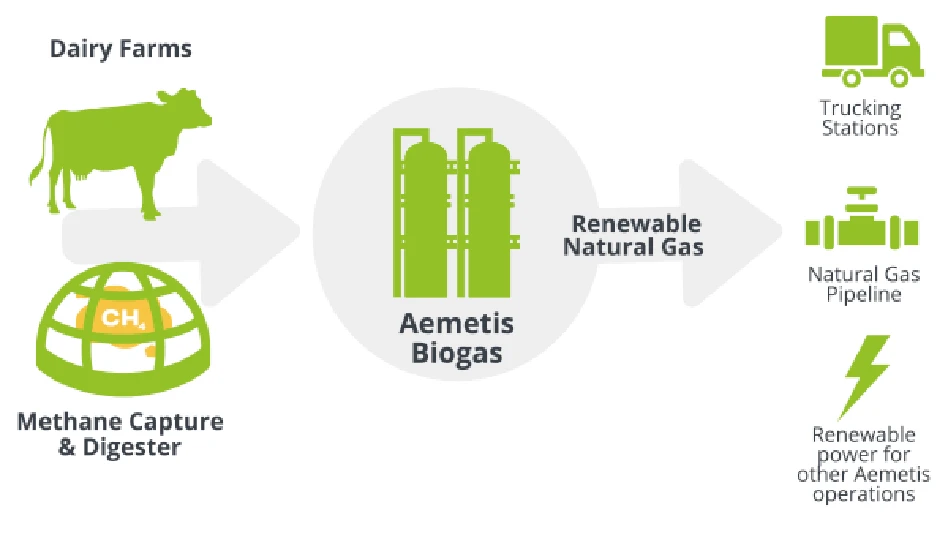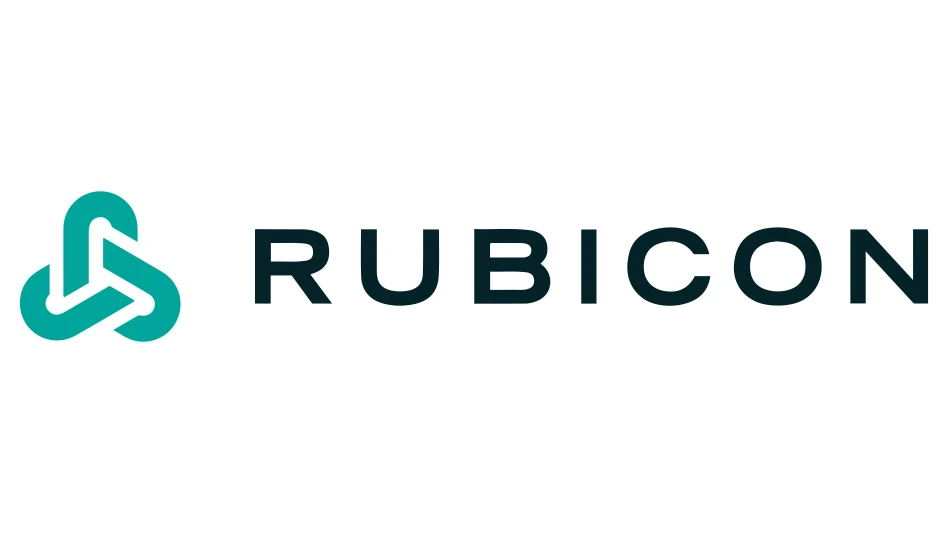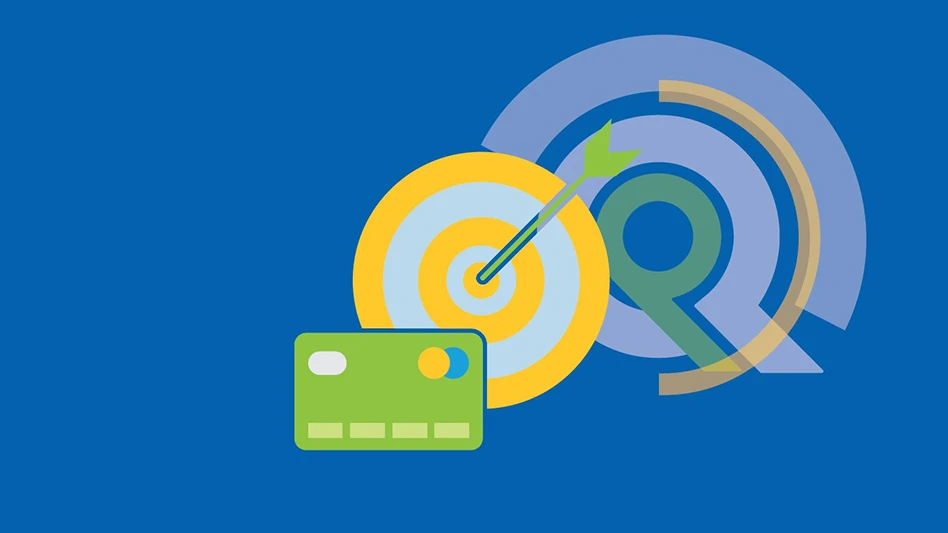
What are Interchange fees?

When a customer buys a new $25 t-shirt using their credit card, the bank that issued the card (issuing bank) funds $25 to the t-shirt store through the credit card processor that the merchant uses (acquiring bank). Interchange refers to the schedule of fees paid by the merchant for the convenience of accepting credit cards. There are additional fees card acceptors are responsible to pay but Interchange, along with card brand dues and assessments, typically make up the largest chunk of card acceptance expense.
Interchange is the table of fees maintained and periodically updated by the card brands (Mastercard, Visa, American Express, for example) reflecting the cost to accept credit and debit card transactions. The fees vary depending on factors such as industry, sale amount, type of card and sale environment (Card Present, Card Not Present, MOTO).
At last check, there were approximately 300 different interchange categories.
Interchange generally embodies the single largest card acceptance transaction expense.
How does Interchange work?
The card brands associate an expense to each card payment your company accepts. The least expensive rate for each card type is referred to as Target Interchange and represents the most desirable rate you are eligible for based on a variety of factors...
But as with everything, there’s a catch.
To achieve Target Interchange, all of the qualifying criteria required by the card brands must accompany the transaction when the sale is initiated. Your account must be configured properly, following all card brand rules, including qualifying data. Whether a simple CVV, or more complex data such as tax rate or customer ID. This might seem easy, but the combination of business MCC’s, sale environments, card types and required data yields a dizzying number of combinations.
Merchants should work with a modern processor employing updated technology and experience you can leverage to ensure you receive Target Interchange.
What is a downgrade?
If the payment technology your company uses is outdated, you will be unable to pass along certain qualifying criteria with your payment transactions. The most common payment gateways were created in the early 2000’s and developed before many of today’s card types and their qualifying criteria existed. Since the data exchange happens at the gateway level if the gateway can not pass the necessary data, the card brands qualify the transaction at a more expensive interchange rate.
When Target Interchange is missed, the more expensive qualification rate is referred to as a downgrade. This results in companies paying more money than they would if the qualifying data had been passed correctly. In certain cases, downgrades can add over 1 percent to your transaction expense.
For instance, outdated technology may not be able to pass a tax ID, which is a data requirement for Target Interchange on business cards. If you are not sending this data with eligible transactions, Target Interchange is missed. Many of the most popular card types didn’t exist 20 years ago so the capability to pass the qualifying data required for Target Interchange wasn’t included in products built prior to the introduction of select card types and their accompanying criteria.
Why is this important?
Typically, up to 90 percent of your processing expense consists of Interchange and Card Brand Fees and Assessments. With this in mind, a downgrade from Target Interchange can potentially dwarf any savings from reduced discount rates offered by processors unable to correctly qualify your transactions. Take the example of business cards above, for every business card you accept, you could be paying .55 percent or more in downgrade fees.
Companies accepting a high number of business cards that pass the qualifying data save thousands in Interchange expenses every month. Leveraging technology that was created to identify and pass qualifying data ensures that your card acceptance expense is optimized.
What can you do?
Analysis is the first step in evaluating whether you’re enjoying the interchange rates your company is eligible for, get started by following the link below. Ensure your interchange fees are optimized by requesting an interchange audit and cost comparison.
Got more questions about interchange optimization? You owe it to yourself to get answers.
Click here to learn more.
Latest from Waste Today
- Capital Waste acquires Tennessee Waste Haulers
- Van Dyk partners with Reckelberg Environmental Technologies
- CRI submits comments to CalRecycle on CRV handling payments
- Reworld acquires EnviroVac Waste Transport
- Waga Energy partners on RNG project at France landfill
- Hawaiian county selects landfill site
- CAA submits final draft program plan in Oregon
- Washington city adds organics collection to waste service
